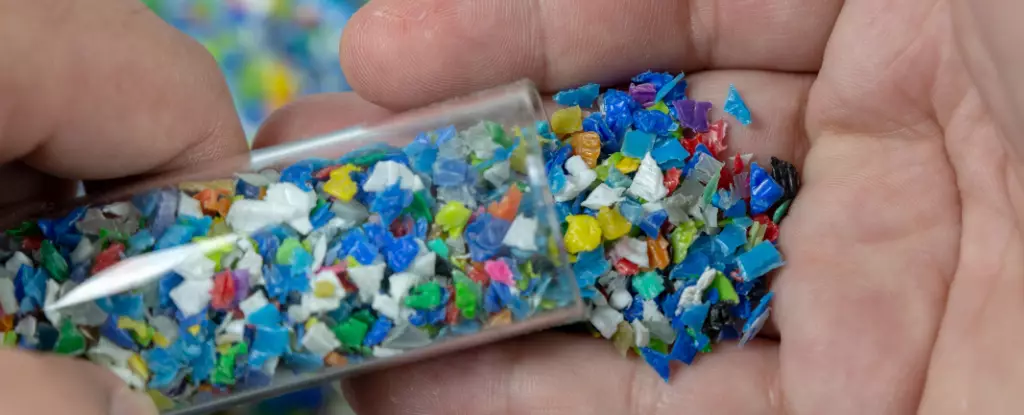In contemporary society, the prevalence of plastics has reached an alarming intensity, making it nearly impossible to avoid exposure to plasticizers and their associated chemicals. In a recent study conducted in Southern California, toxicologist David Volz from the University of California, Riverside (UCR), has highlighted a stark reality faced by urban residents: their exposure levels to plasticizer chemicals are extraordinarily high. Such revelations underscore a critical public health concern that demands immediate attention and a concerted response from both policymakers and the general population.
Plasticizers, compounds that render plastics more flexible and malleable, have woven themselves into the fabric of our daily lives through countless consumer products, from food packaging to medical supplies. Although not all plasticizers are outright toxic, a significant number have been linked to severe health consequences. The recent legislative action in California aimed at banning di (2-ethylhexyl) phthalate (DEHP) from medical products underscores the urgency and importance of mitigating risks associated with these chemicals.
The implications of prolonged exposure to plasticizers like DEHP are troubling. Evidence indicates that this chemical can contribute to increased cancer risks, reproductive system damage, and adverse effects on child development. Following regulatory measures implemented in 2009, DEHP was banned in children’s products within certain concentration limits; however, ongoing research indicates high levels of exposure persist in the population.
The recent investigations, involving 137 UCR students who wore silicone wristbands to record environmental exposure over five days, presented shocking results with exceptionally high concentrations of harmful pollutants. The findings, which were published in 2020, highlighted the alarming persistence of these dangerous chemicals in everyday life. Volz’s observations echoed a sentiment shared by many—namely, that the situation has far surpassed what was initially anticipated.
The study’s results revealed that a staggering 94 to 97 percent of the absorbed plasticizers in the wristbands were attributed to three main substances: DEHP, di-isononyl phthalate (DiNP), and a newer variant known as di(2-ethylhexyl) terephthalate (DEHT). Each of these components falls under the umbrella of phthalates, a family of chemicals linked to various health concerns, including hormonal disruption and developmental issues.
Phthalates are ubiquitous in urban environments, often found in common household items, from cosmetics to vinyl products. They enter the human body through ingestion, inhalation, or skin absorption, leading to detectable levels in most Americans’ urine, reinforcing the pervasive exposure to these substances.
With mounting evidence pointing to the potential carcinogenic nature of phthalates, the US Environmental Protection Agency (EPA) is rigorously evaluating DEHP, DiNP, and other related chemicals. Preliminary reviews have suggested that DiNP may lead to liver damage, further complicating the public health landscape. As part of the evaluation, the EPA has recognized the urgent need to address exposures pervasive in both industrial and consumer products.
“Our findings raise concerns about chronic exposure to DiNP, DEHP, and DEHT in densely populated urban regions throughout California,” noted the research team. Such statements highlight the pressing need for public health interventions aimed at reducing exposure levels. This situation not only warrants attention from scientists and regulators but also calls for increased public awareness and advocacy for safer alternatives in everyday consumer products.
As our understanding of the health risks associated with plasticizers deepens, there is an urgent need to seek out alternatives to these harmful chemicals. Companies and manufacturers should be encouraged to explore innovative materials that do not rely on toxic additives. Additionally, policymakers must be proactive in instituting regulations that prioritize public health and safety, as well as funding research to better evaluate the risks and benefits of different materials.
As plastic usage continues to dominate modern lifestyles, the threats posed by plasticizers cannot be understated. Stakeholders at every level must acknowledge the umbrella of risks that these chemicals present and act decisively to protect human health and the environment. Reducing dependency on harmful plasticizers is not merely an environmental concern—it is a public health imperative that necessitates immediate action.


Leave a Reply